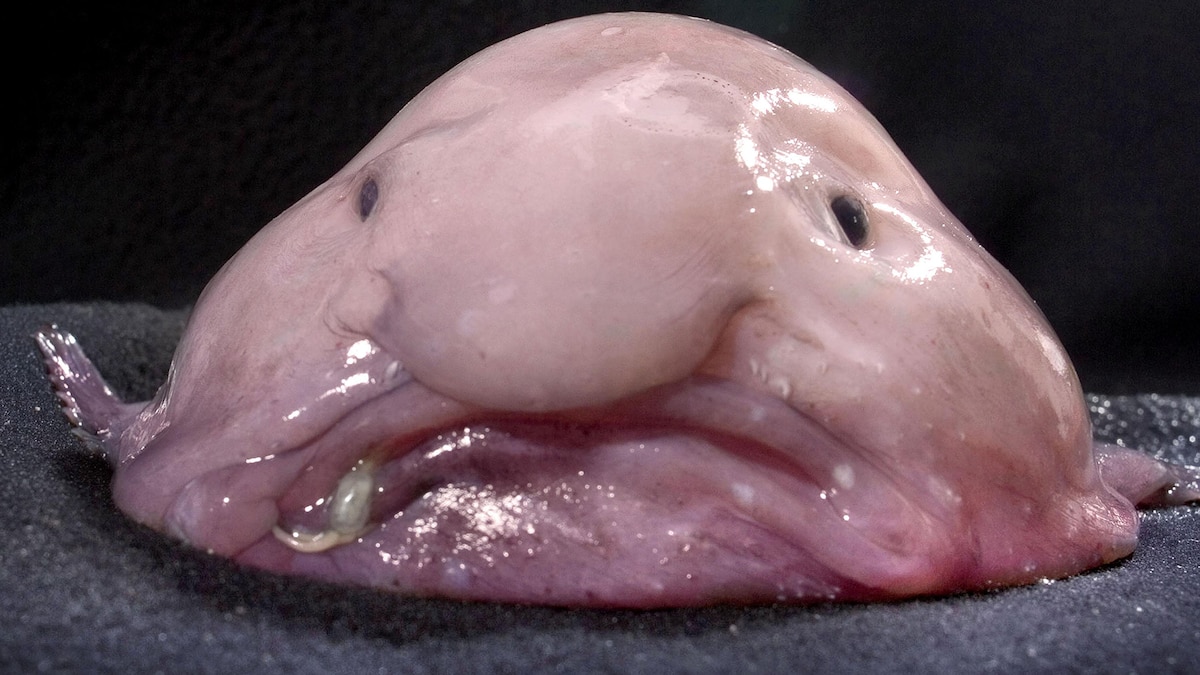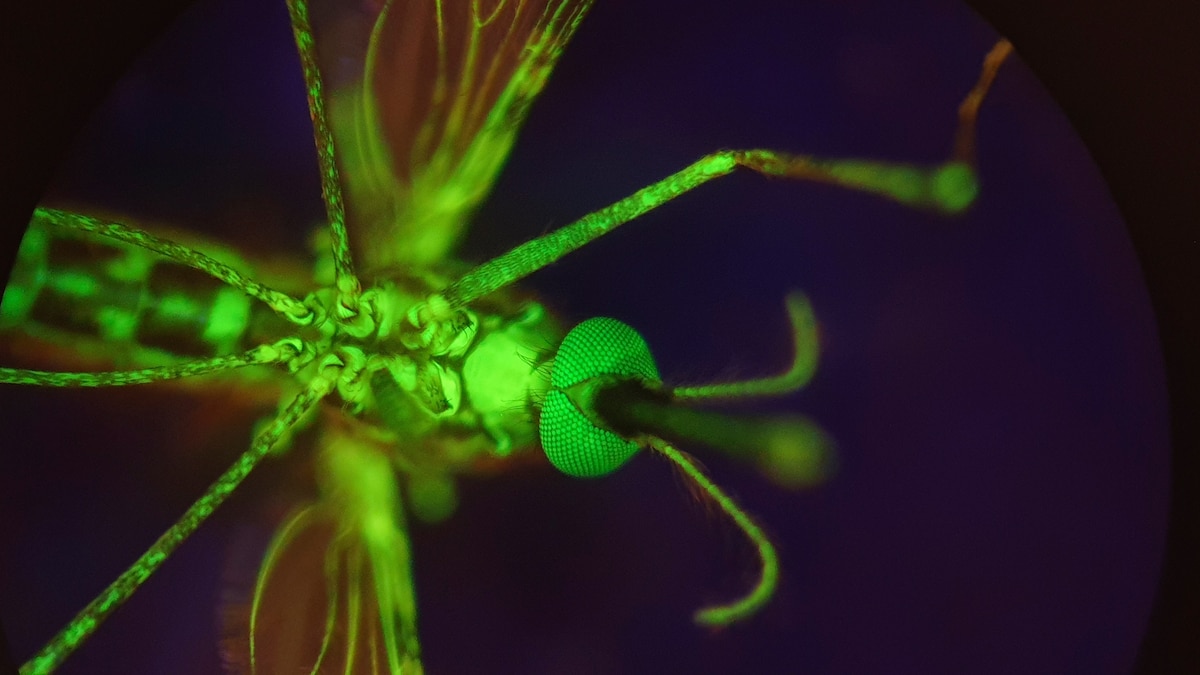Now Reading: Blobfish’s Underwater Appearance Challenges Its ‘Ugly’ Reputation
-
01
Blobfish’s Underwater Appearance Challenges Its ‘Ugly’ Reputation
Blobfish’s Underwater Appearance Challenges Its ‘Ugly’ Reputation

Fast Summary
- The blobfish was voted “World’s Ugliest Animal” in 2013 by the Ugly Animal Preservation Society too raise awareness about less aesthetically pleasing creatures.
- In 2023, the blobfish was named New Zealand’s Fish of the Year in an annual biodiversity contest.
- Viral images of blobfish depict its deformed appearance outside its deep-sea environment due to tissue damage caused by rapid decompression and removal from cold, high-pressure ocean depths.
- Blobfish naturally lives at depths between 3,320 and 4,390 feet where it has a tadpole-like shape: large head tapering down to a narrow tail.
- Blobfish lack scales; instead,they have loose skin supported by ocean pressure to maintain their shape underwater.Outside this environment, their form “falls apart.”
- Unlike most bony fish that use gas-filled organs for buoyancy, blobfish rely on reduced muscle mass and lighter skeletons for survival while living sparingly in cold depths with limited food availability.
Photograph: blobfish underwater resembles a tadpole with tapered body structure.
Indian Opinion Analysis
The recognition of the blobfish as New Zealand’s Fish of the Year highlights current global efforts toward promoting marine biodiversity and raising awareness about deep-sea ecosystems. India’s own extensive coastline provides habitats for numerous unique marine species like mangrove horseshoe crabs or dugongs-some facing similar challenges regarding visibility and conservation priorities due to low public appeal or awareness.
for India, this story underscores the importance of engaging strategies that attract attention towards lesser-known aquatic species which play vital roles within ecological chains but are often overlooked amidst focus on charismatic wildlife like tigers or elephants. By spotlighting uncharismatic fauna creatively (as seen here), India can further strengthen efforts under programs such as ‘Blue Revolution’ aimed at enduring fisheries management while fostering greater recognition for ecosystems beneath its waters.
Read More: National Geographic


























